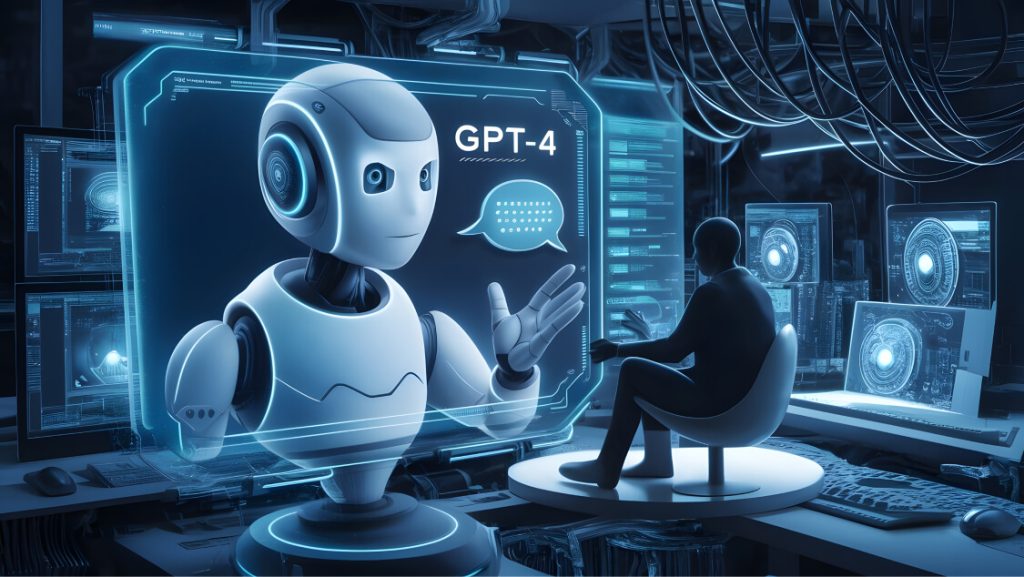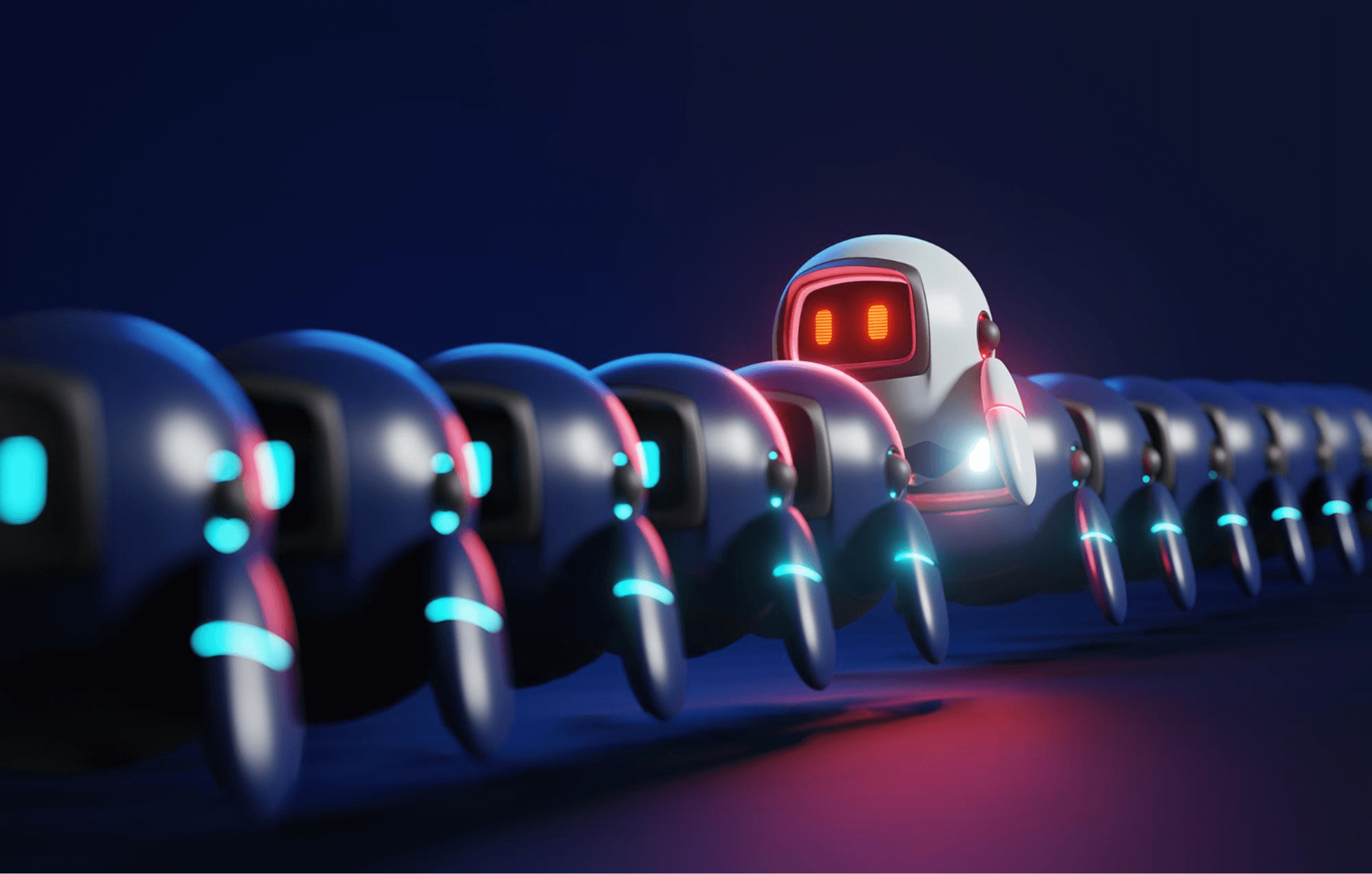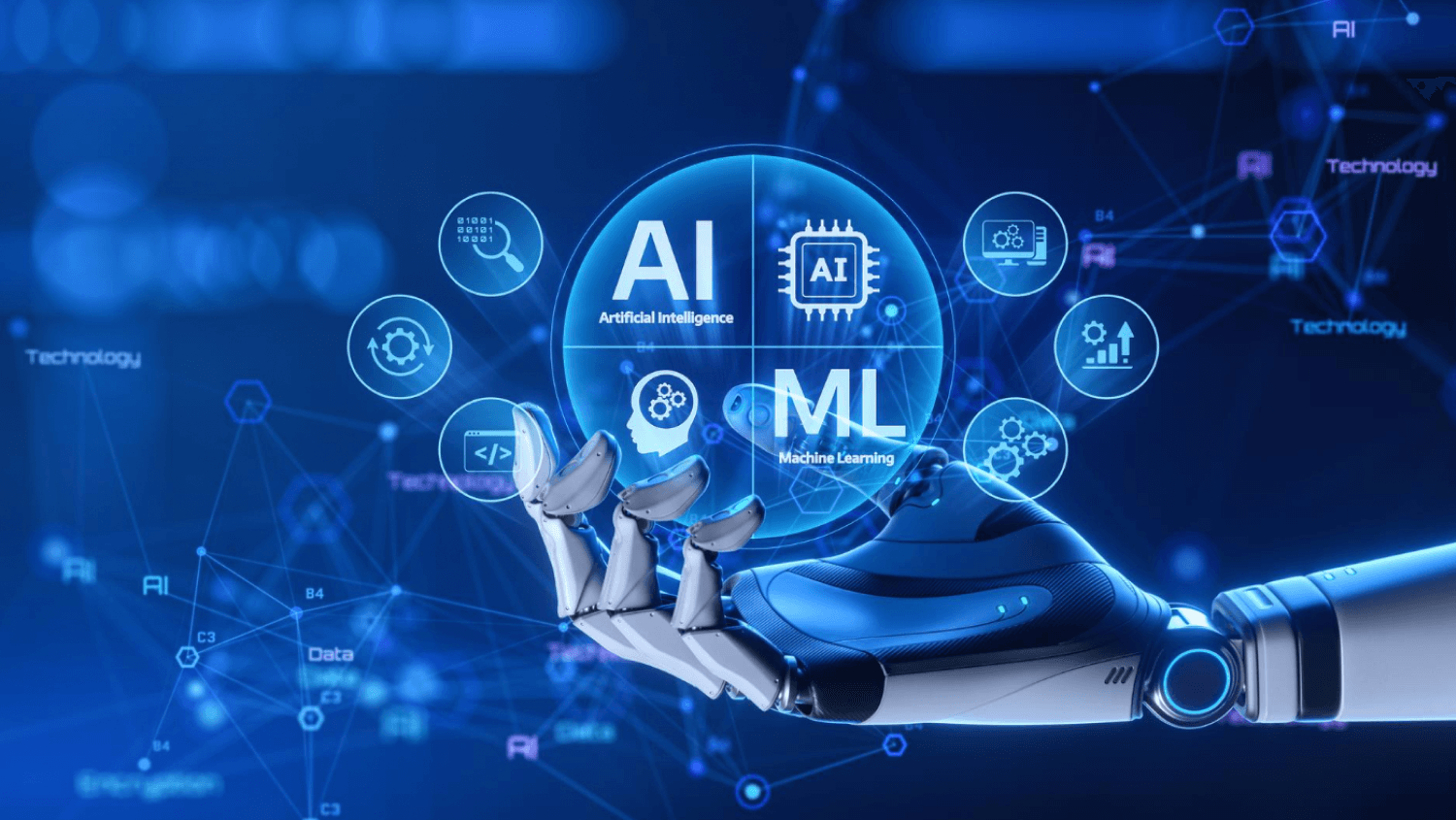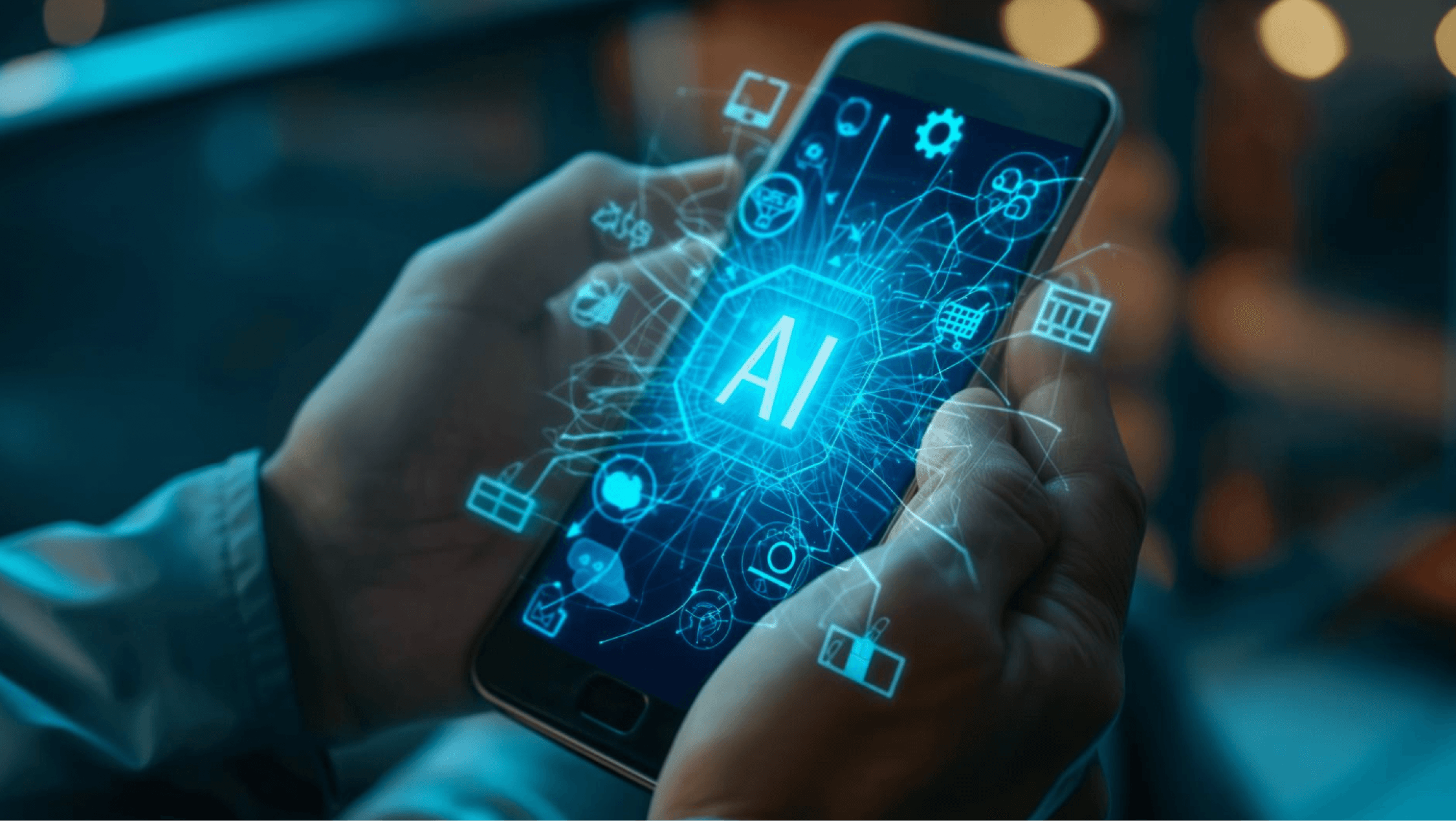GPT-4 Vision is the next step in AI, where OpenAI has allowed the system to not only react to the text but also create and interpret images with remarkable precision. This new vision model allows the user to interact with the AI through image input and endows it with the ability to interpret and analyse visuals along with text. Whether you want to analyse data from a chart, break down a complex diagram, or even generate some visual content, GPT-4 Vision makes it all possible.
Now that GPT-4 Vision is out and available for API access by developers to integrate this powerful large multimodal model into applications, you can create interactive API calls to the system, use Python code, and then connect it to an account using an API key. This model can process a multitude of image files and could be useful for many kinds of applications, from healthcare to education, from work to creative design.
Besides identifying objects in an image, OpenAI GPT-4 Vision can respond to more defined visual inputs. It’s especially useful when you need the system to generate content, analyse data, or respond intelligently to different prompts. From generating code based on visual flowcharts to helping users solve real-world problems with data, GPT-4 Vision is transforming how we interact with AI.
In this article, we provide the GPT-4 Vision preview, its capabilities, use cases, applications, and how it is reshaping our engagement with AI.
What is OpenAI GPT-4 Vision?
GPT-4 Vision (GPT-4V) is a feature of OpenAI’s GPT-4 model, launched in September 2023, that integrates visual content analysis with text, enhancing user interaction. This multimodal capability allows the model to process images and text, making it a versatile tool for a variety of tasks, such as image recognition, captioning, and visual question answering.
GPT-4V uses a vision encoder to align visual features with its language model, processing complex visual data through deep learning algorithms. Users can upload images and interact with the model using prompts. It’s available via the ChatGPT app, web, and API, requiring a subscription or developer access.
The model supports multiple input modes, including text-only, single image-text pairs, and interleaved image-text inputs, allowing it to excel in tasks ranging from simple descriptions to complex visual-textual analysis, like calculating receipts or answering detailed questions about visual content.

How does GPT-4 Vision work?
GPT-4 Vision combines advanced computer vision, deep learning, and natural language processing to interpret images and text. It doesn’t “see” like humans but uses algorithms to analyse digital images.
Computer Vision & Deep Learning
GPT-4 Vision processes images by extracting visual features such as patterns, edges, and textures. It uses neural networks like CNNs (convolutional neural networks) to detect and localise objects (using methods like YOLO—You Only Look Once) and classify images (using models like ResNet). It can also perform semantic segmentation, identifying objects down to the pixel level.
Optical Character Recognition (OCR)
When you upload an image, GPT 4 will identify objects or scenes seamlessly or extract and interpret texts from screenshots or documents.
When text extraction is required, GPT-4 Vision employs OCR technologies to convert text in images into readable data, even in complex fonts or backgrounds.
Vision and Language Integration
You can get feedback or ideas based on visual inputs, like generating design or content ideas from visual data.
Once visual elements are processed, GPT-4 Vision uses language models like CLIP (Contrastive Language-Image Pre-Training) to understand the context of images and generate descriptions or answers based on user prompts.
Tap into our expert talent pool to build cutting-edge AI solutions.
Exploring the Versatility of GPT-4: Modes and Techniques
GPT-4V’s effectiveness arises from its flexible working modes and advanced prompting techniques, improving user interaction and task performance.
Interpreting Text Inputs
GPT-4V excels at interpreting text instructions, allowing users to customise outputs for various tasks. Techniques like constrained prompting help guide responses to desired formats, while conditioning on good performance ensures high-quality results. This adaptability highlights its versatility across different applications.
Engaging with Visual Cues
The model understands visual pointers, enabling natural human-computer interaction. Users can edit images directly by adding handwritten instructions, such as changing an object’s colour. This intuitive approach allows for seamless modifications while maintaining the integrity of the original image.
Combining Visual and Textual Prompts
By integrating visual and textual inputs, GPT-4V offers a powerful interface for complex tasks. This combination enhances comprehension and responsiveness, making it effective in processing interleaved image-text queries.
Utilising Contextual Learning
This technique allows users to provide relevant examples alongside queries, helping GPT-4V learn new tasks without needing updates. It improves accuracy and reasoning, contributing to more efficient AI performance.
Exploring the Vision-Language Potential of GPT-4V
GPT-4V showcases remarkable vision-language capabilities, enabling it to comprehend and describe the visual world effectively. This includes tasks ranging from generating detailed descriptions to tackling complex visual understanding challenges.

Here’s a concise overview of its key abilities:
Understanding Video and Temporal Dynamics
- Sequential Analysis: GPT-4V excels in interpreting video sequences, and recognising scenes and actions. It understands human movements and activities, providing nuanced insights beyond simple object recognition.
- Temporal Relationships: It can reorder shuffled frames to identify cause-and-effect sequences, anticipate future actions, and localise specific moments in a sequence, demonstrating sophisticated reasoning about time.
- Grounded Temporal Analysis: By allowing users to point at specific elements within video frames, GPT-4V tracks interactions over time, offering rich contextual insights into events.
Generating Open-Ended Visual Descriptions
- Celebrity and Landmark Recognition: It identifies public figures and landmarks, providing contextual information even under varying conditions.
- Food and Medical Image Identification: GPT-4V accurately recognises food items and interprets medical images, showcasing its potential for practical applications in culinary and healthcare contexts.
- Complex Scene Understanding: The model effectively describes intricate scenes, analysing spatial relationships and providing detailed object recognition.
Advanced Visual Analysis Techniques
- Spatial Relationships and Counting: GPT-4V discerns spatial dynamics between objects and counts items, although it may struggle in cluttered environments.
- Object Localisation: It generates bounding box coordinates for objects, with ongoing improvements needed for accuracy in complex scenes.
- Dense Captioning: The model provides comprehensive descriptions for various image regions, integrating multiple expert systems to enhance its detail.
Multimodal Knowledge and Reasoning
- Cultural Interpretation: GPT-4V can explain jokes and memes by integrating visual and textual elements, highlighting its cultural knowledge.
- Scientific Reasoning: It answers science-related queries by using visual context, demonstrating an ability to infer knowledge across various subjects.
- Commonsense Reasoning: The model utilises visual cues to deduce actions and scenarios, enhancing its understanding of social contexts.
Text and Document Analysis
- Scene Text and Visual Maths: GPT-4V reads and interprets both printed and handwritten text, solving visual maths problems through structured reasoning.
- Chart and Table Understanding: It provides insights from charts and tables, making it useful for data analysis and interpretation.
- Document Comprehension: The model can analyse diverse documents, extracting key information effectively.
Multilingual and Coding Capabilities
- Multilingual Descriptions: GPT-4V generates image descriptions and recognises scene text in various languages, adapting to multicultural contexts.
- Code Generation: It assists in coding tasks, including generating LaTeX code and writing Python, TikZ, and SVG code from visual inputs.

Key Use Cases of GPT-4 Vision
GPT-4 Vision (GPT-4V) is an advanced AI model that integrates visual processing with traditional text capabilities, enabling a wide range of applications.

Here are five major use cases:
Creative ideas and storytelling
GPT-4V helps artists and designers brainstorm concepts, offering feedback and generating design or content ideas from visual data, including mood boards, illustrations, or photographs.
Image Captioning and Design Assistance
It generates captions for visual content and provides suggestions to enhance design layouts, colour schemes, and visual elements, simplifying content creation for social media, blogs, and marketing.
Data Visualisation and Analysis
GPT-4V can interpret complex infographics and charts, transforming visual data into clear insights and generating tailored visualisations from text descriptions, such as creating plots from LATEX code.
Image Analysis and Object Detection
The model excels in analysing images under varying conditions, accurately identifying objects, and providing detailed contextual information, making it valuable for tasks requiring visual understanding.
Assistive technology
GPT-4V enhances accessibility for visually impaired users by providing detailed descriptions of images, objects, and scenes, making both digital and real-world content more inclusive.
Medical Image Analysis and Documentation
GPT-4V assists doctors and radiologists by analysing medical images, such as X-rays and MRIs, to provide diagnostic insights and highlight anomalies. Additionally, it utilises OCR to extract critical text from medical documents, including handwritten prescriptions and lab reports.
Document and Image processing
GPT-4V facilitates the conversion of printed documents into digital formats, automates data entry, populates forms and databases, and streamlines document processing, allowing businesses to digitise paperwork.
Object and scene detection
Analyse security footage to detect objects, recognise faces, and identify suspicious patterns, triggering real-time alerts for potential security breaches or unusual activities.
Game Development
GPT-4V can aid in creating functional games from visual inputs, generating code in languages like HTML and JavaScript, even without prior training.
Educational Assistance
The model supports learning by analysing visual aids like diagrams and providing detailed explanations, helping both students and educators enhance their understanding of complex topics.

Applications of GPT-4 Vision
Healthcare
- Medical image analysis: Provide high-accuracy analysis of X-rays, MRIs, and CT scans, improving diagnostic accuracy.
- Anomaly Detection: Identify anomalies or abnormalities in images, alerting healthcare professionals to potential issues.
- Integration with EHR: Integrate with electronic health records (EHR) to streamline patient information management.
- Training Aid: Serve as a training tool for medical students, helping them understand complex imaging through guided analysis.
- Medical Documentation: Extract important text from medical images, including handwritten prescriptions or lab reports, using OCR.
Creative Innovation Support
- Idea Generation: Offer fresh concepts and creative solutions for projects in architecture, fashion, and product design.
- Brand Monitoring: Identify logos, products, or brand mentions in images across social media to monitor brand engagement and awareness.
- Mood Boards Creation: Assist designers in creating visual mood boards that capture the essence of their ideas.
- Trend Analysis: Analyse current design trends to inform future creative directions and innovations.
- Prototyping Assistance: Help in generating prototypes quickly, allowing for rapid iteration and refinement of designs.
Enhanced Learning Solutions
- Visual Explanations: Break down complex topics into easily digestible visual formats, enhancing comprehension.
- Interactive Learning: Facilitate interactive lessons that engage students through visual and auditory elements.
- Personalised Education: Adapt learning materials to suit individual students needs to be based on their understanding levels.
- Assessment Tools: Provide visual assessments that can track student progress and comprehension over time.
Industrial Process Optimisation
- Quality Control Automation: Automate the inspection process to ensure product quality meets industry standards.
- Predictive Maintenance: Analyse equipment visuals to predict failures and schedule maintenance before breakdowns occur.
- Workflow Improvement: Optimise workflows by visually mapping out processes and identifying bottlenecks.
- Safety Compliance: Ensure safety protocols are followed by visually inspecting and analysing work environments.
Visual Effects and Media Creation
- CGI Enhancement: Use advanced algorithms to enhance computer-generated imagery for more realistic effects.
- Continuity Checks: Monitor visual continuity in media production to maintain storytelling integrity.
- Real-Time Feedback: Provide instant feedback on visual elements during filming or animation, improving efficiency.
- Visual Storyboarding: Assist in creating detailed storyboards that visualise scenes before production begins.
Project Design and Analysis
- Blueprint Review: Analyse engineering blueprints to identify potential design flaws and suggest improvements.
- Simulation Modelling: Simulate project outcomes using visual data to predict performance and efficiency.
- Cost Estimation: Help engineers estimate project costs through detailed visual analysis of materials and designs.
- Collaboration Tool: Facilitate collaboration among teams by providing a visual platform for sharing ideas and feedback.
Conclusion
In short, GPT-4 Vision is a major leap forward for AI, as it unifies the worlds of text and image in ways that seem beyond reach. This multimodal model not only understands visuals but connects with you in an almost natural conversation, offering an impressive vision preview of what’s possible.
With its broad application from intricate data visualisations to interactive education tools, GPT-4 Vision is changing the way we interact with technology. The merging of visual and textual inputs to create a consistent flow of information, GPT-4 Vision is a platform that developers and end-users alike will find capable of the widest variety of uses imaginable. It’s exciting to think where GPT-4 Vision will take us next!





